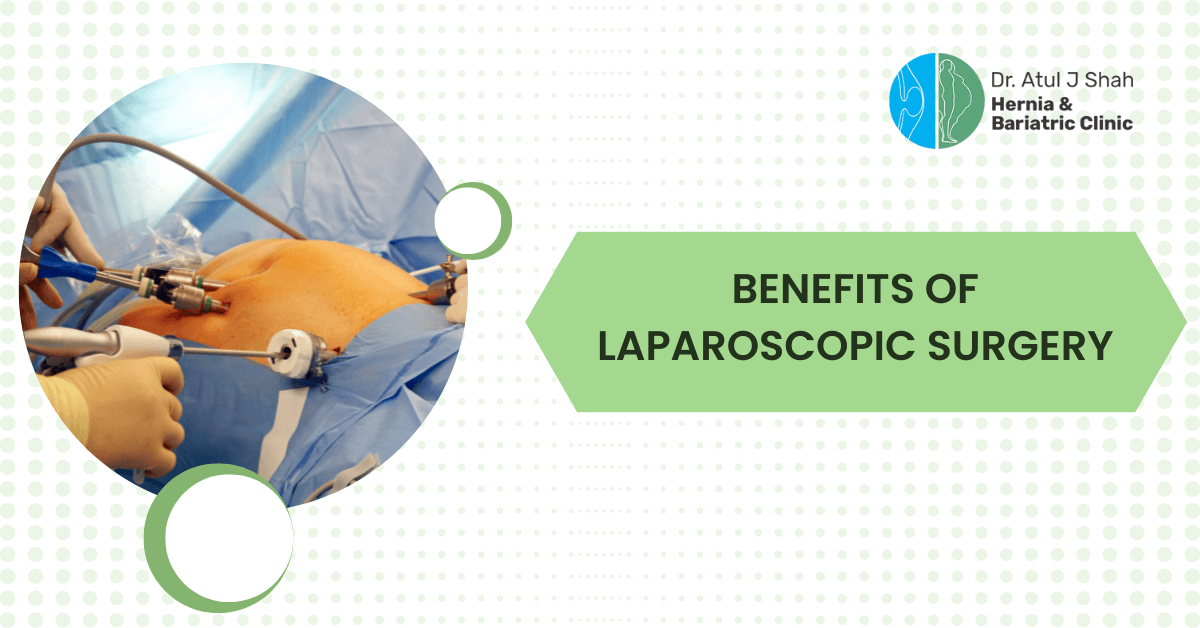Laparoscopic surgery is a minimally invasive surgical procedure that uses small incisions and special instruments to access the abdominal cavity. This type of surgery offers many benefits, including less pain, shorter hospital stays, and quicker recoveries. In addition, laparoscopic surgery is often associated with lower rates of infection and complications.
As a result, it is an increasingly popular choice for patients undergoing abdominal surgery. Laparoscopic surgery is not appropriate for all patients or all types of procedures, but it can be an excellent option for those who are eligible. If you are considering abdominal surgery, be sure to discuss the possibility of laparoscopic surgery with your surgeon.
Why is Laparoscopic Surgery Performed?
Laparoscopic surgery is performed for a variety of reasons. Some common reasons include:
- Remove the gallbladder (cholecystectomy)
- Treat GERD (gastroesophageal reflux disease)
- Repair a hiatal hernia
- Remove part of the stomach (gastrectomy)
- Remove the appendix (appendectomy)
- Remove cancerous tumors in the abdominal cavity
What are the Benefits of Laparoscopic Surgery?
Laparoscopic surgery offers many potential benefits over conventional open surgery. These benefits include:
- Less pain
- Shorter hospital stays
- Quicker recoveries
- Lower rates of infection and complications
What are the Risks of Laparoscopic Surgery?
As with any surgery, there are some risks associated with laparoscopic surgery. These risks include:
- Bleeding
- Infection
- Damage to nearby organs
- Blood clots
- Pneumonia
Despite these risks, laparoscopic surgery is generally safe and effective. Be sure to discuss the risks and benefits of laparoscopic surgery with your surgeon before having the procedure.
How is Laparoscopy Performed?
Laparoscopy is typically performed under general anesthesia. This means that you will be asleep and pain-free during the procedure. Once you are asleep, your surgeon will make a small incision in your abdomen and insert a laparoscope.
A laparoscope is a thin, flexible tube with a light and camera at one end. The camera allows your surgeon to see inside your abdomen on a monitor.
Your surgeon will then insert special instruments through other incisions in your abdomen. These instruments are used to perform the desired procedure, such as removing the gallbladder or appendix. Once the procedure is complete, the incisions are closed with stitches or staples and you are awoken from anesthesia.
What is the Recovery Time for Laparoscopic Surgery?
Recovery time for laparoscopic surgery is typically shorter than for open surgery. Most people are able to go home the same day or the day after surgery. You can expect to feel some pain and discomfort for a week or two after the procedure.



